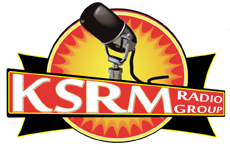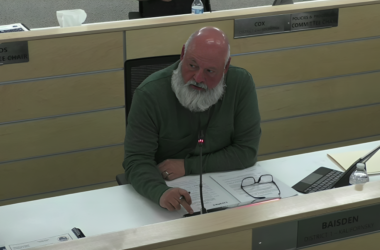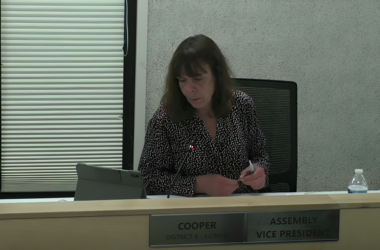Kenai Peninsula Borough Mayor Peter Micciche has unveiled his proposed FY26 budget, which includes the borough’s lowest general government mill rate in nearly four decades and aims to ease the financial burden on local taxpayers.
Presented this week to the borough assembly and the public, the budget proposes cutting the borough’s general government mill rate from 4.24 to 3.85—a level not seen since 1986. Additionally, six service areas are slated for mill rate reductions. According to the mayor’s office, most residents will pay less in borough taxes than they did last year.
Micciche said the budget follows his long-term philosophy of maintaining affordability for current and future residents. “Unsustainable budgets eventually result in unaffordable mill and tax rates for our borough residents,” he said. “This budget is attempting to maintain the correction of that condition.”
The borough-wide FY26 budget is slightly leaner than last year’s, with a 0.24% overall decrease and no new general fund positions added. Despite inflationary pressures, the budget cuts overall spending by about $428,000. Increases were targeted toward education, solid waste, and public safety, while most other functions saw reduced allocations.
Education remains the largest single line item in the budget. The borough is proposing $57.6 million in local funding to the Kenai Peninsula Borough School District—roughly 96% of the maximum allowed under state law, and the most generous contribution among second-class boroughs in Alaska. Total proposed education funding, including other sources, comes to $67.7 million.
The budget highlights that education now consumes 100% of sales tax revenues, 38% of property tax revenues, and 21% of other borough revenue streams. Without additional state education funding, borough officials warn local taxpayers may end up contributing more to KPBSD than the State of Alaska by 2027.
To address mounting property valuation increases—estimated at 34% over the past three years—Micciche is working with state legislators to allow statutory limits that would cap annual increases to about 5%.
“This budget reflects my long-term goals for the KPB,” Micciche said. “It delivers basic quality borough services at the lowest cost possible, provides local education funding residents can reasonably afford, funds a maintenance program that preserves KPB assets, and maintains a sustainable trend that ensures affordability for borough taxpayers.”
Residents can review the full FY26 budget presentation online at kpb.us/budget-26-presentation.






